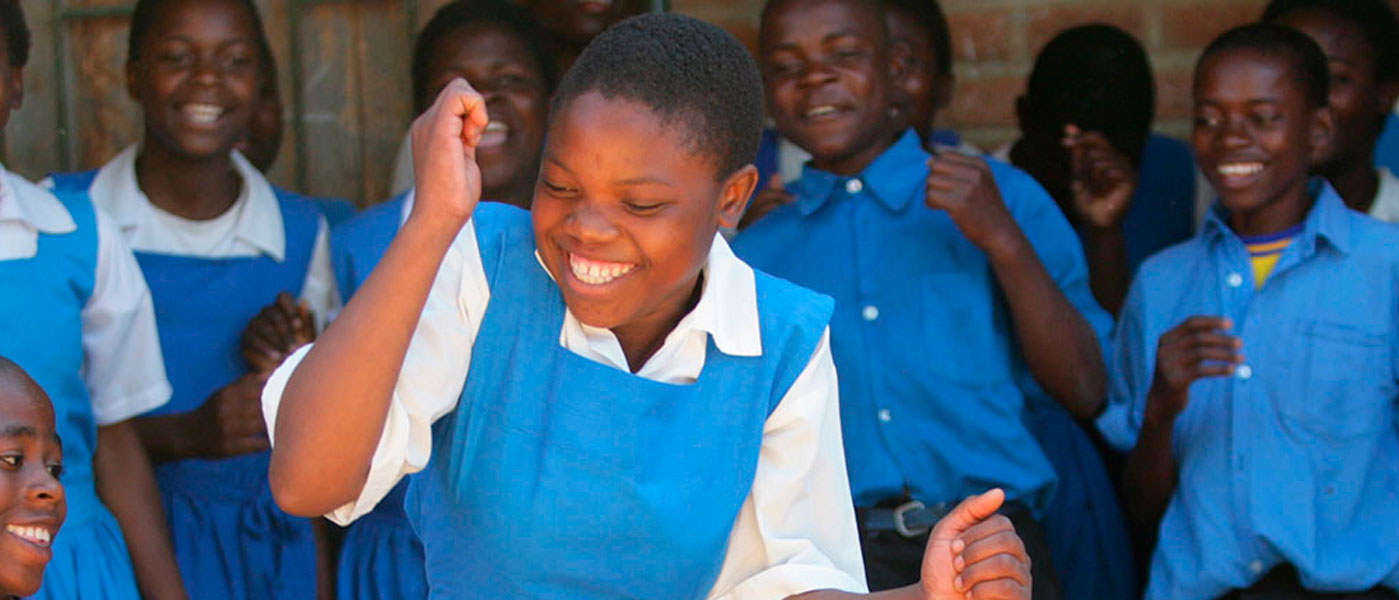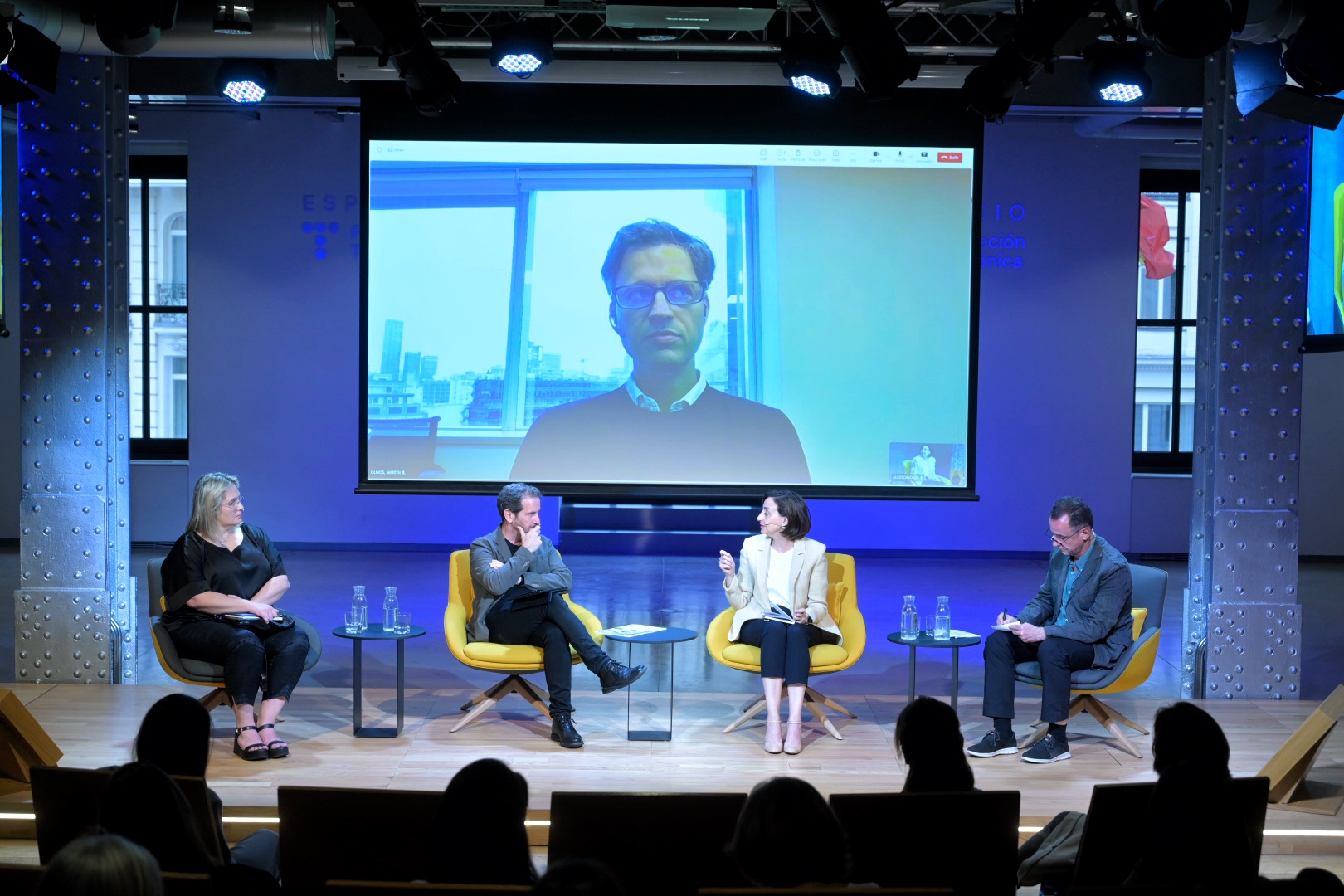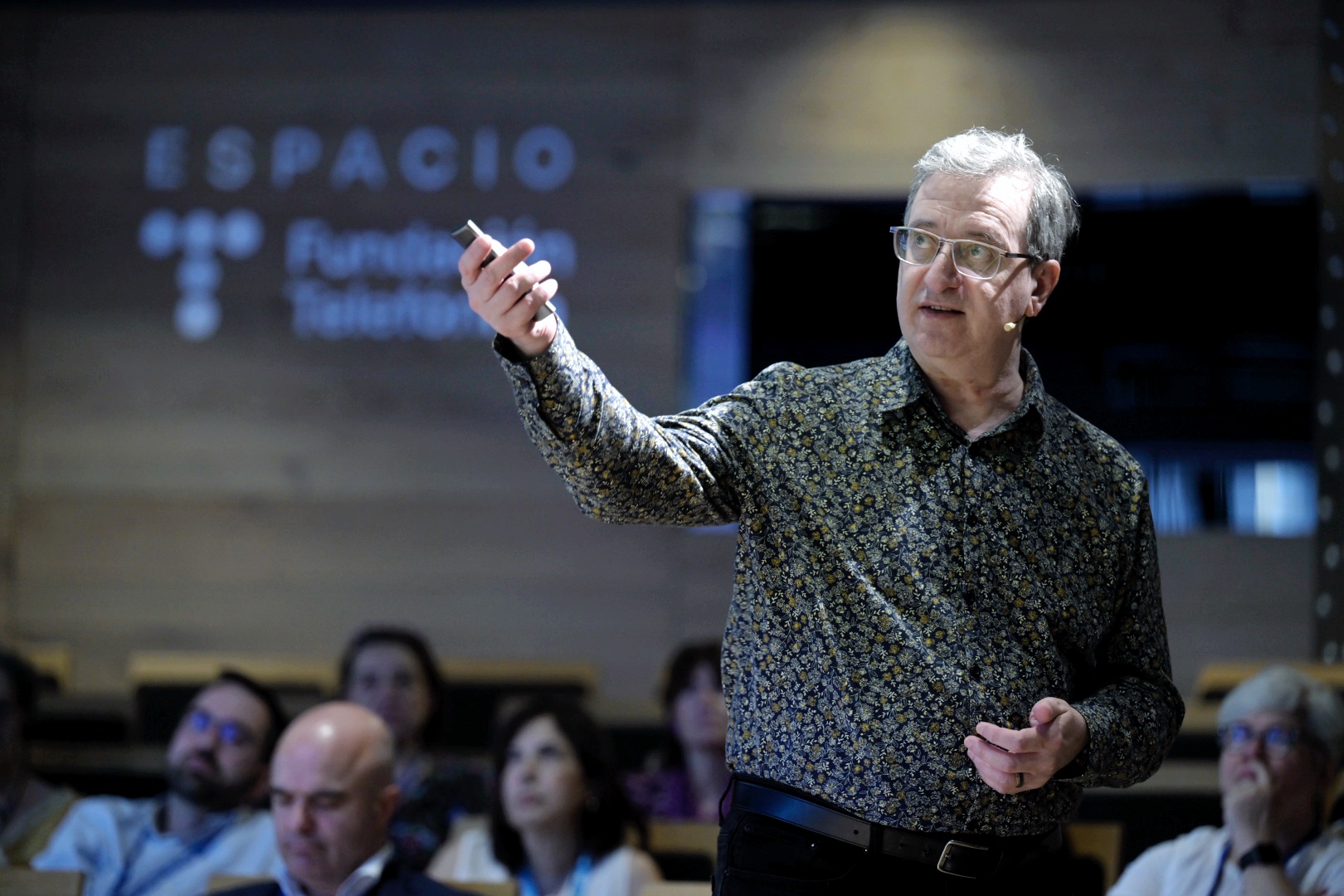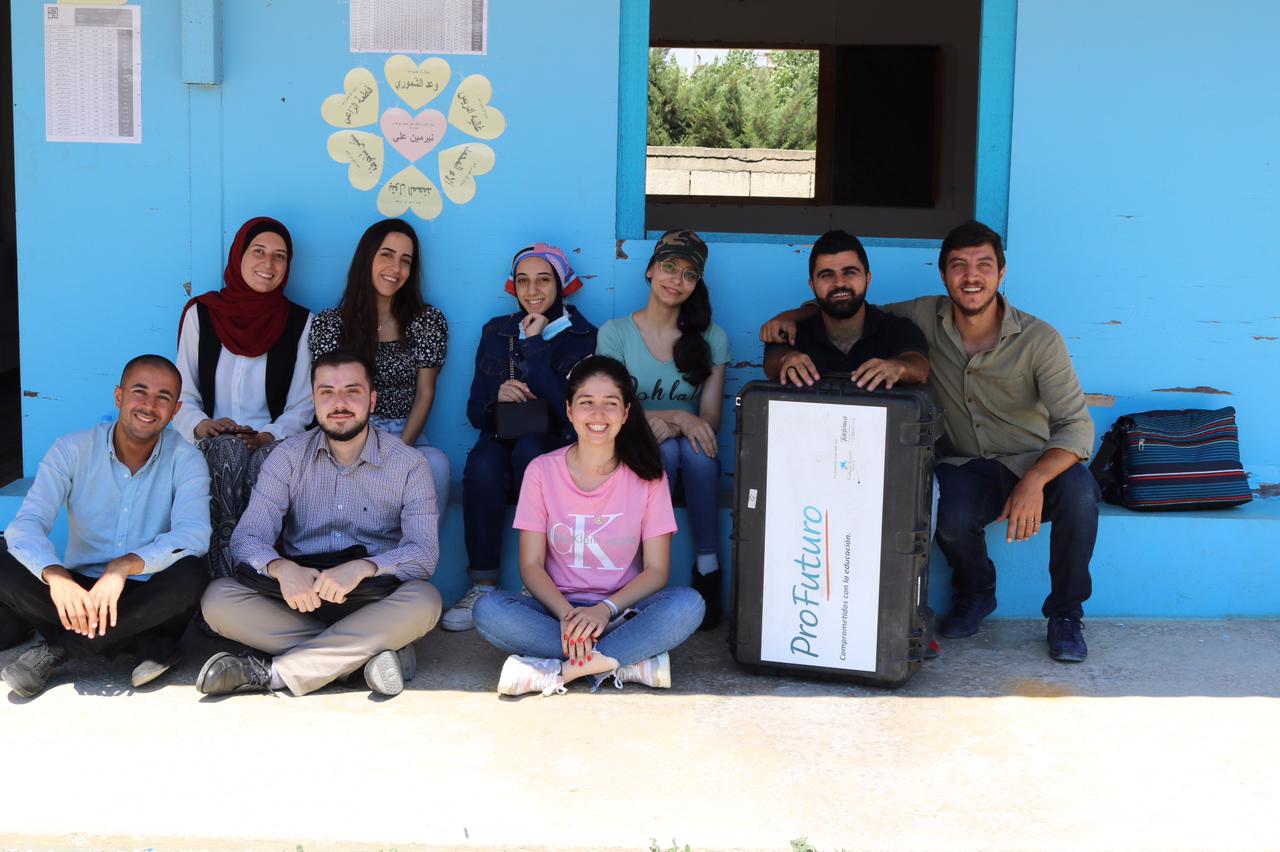The fact that children have the right to be fed, not to be exploited or not to be recruited as soldiers, and to an education was not universally accepted until fairly recently. Find out the history of the current ‘Convention of the Rights of the child’, of how it has taken almost a century for it to be established, and its work at the international level.
Since the end of the 19th century and the beginning of the 20th century, the world began to realise that children had to be protected. In the past, children, who formed part of the fabric of rural working society, joined the workforce of the industrial revolution occupying positions in the mining, steel and textile industry. They earned two or three times less than an adult, they complained less and were able to cope with the strenuous working days of between 12 and 14 hours, from Monday to Saturday, without the possibility of going to school or to play.
The abolition of child labour and the care of orphans who lived in extreme poverty in big cities without any control were two of the points that impelled the British social reformer, Eglantyne Jebb to found the Save The Children Fund, and to promote the Geneva Declaration on the Rights of the Child, adopted in 1924 by the League of Nations, predecessor of what is known today as the United Nations.

This first declaration containing just five points gave children the right to be fed, to be helped first in the event of a catastrophe, to be assisted in their needs and to an education.
In 1948, after the Declaration of Human Rights, the UN began to work on the protection of children. In 1959 the organisation published the ten points of the Universal Declaration of the Rights of the Child, recognising that children are a fundamental part of society and that the future of humanity depends on their care. The right to equality, to housing, to be fed, to protection against abuse and the right to have recreational activities was included in these ten points.
Unfortunately, it being a ‘declaration’, it was not considered mandatory. Later, in 1978, the Polish government raised a proposal with the UN for a provisional model of a Convention on the Rights of the Child.
After 10 years of efforts and negotiations in which states, organisations, charities and other institutions managed to come to an agreement to approve the final text of the Convention on the Rights of the Child whose compliance with, this time, would be mandatory for all countries that ratified it. It was 20 November, 1989, the date which would appear on all calendars as the ‘Universal Children’s Day’.
The Convention of the Rights of the Child became a law in 1990 after being signed by 20 countries, including Spain. Currently, it is the most widely ratified human rights treaty in the world, supported by 195 countries (among which the United States is not included) who have joined together.
The 54 articles of the Convention reflect the economic, social, cultural, civil and political rights of all children and, at the same time, define the responsibilities of parents, teachers, doctors, etc.
The fulfilment of these articles is backed by the Committee on the Rights of the Child, which is formed by 18 international experts on children’s rights. It also has three protocols which complement it: those relating to the sale of children, child prostitution, of the involvement of children in armed conflicts as well as the setting up of a communications procedure to submit complaints to the Committee.






